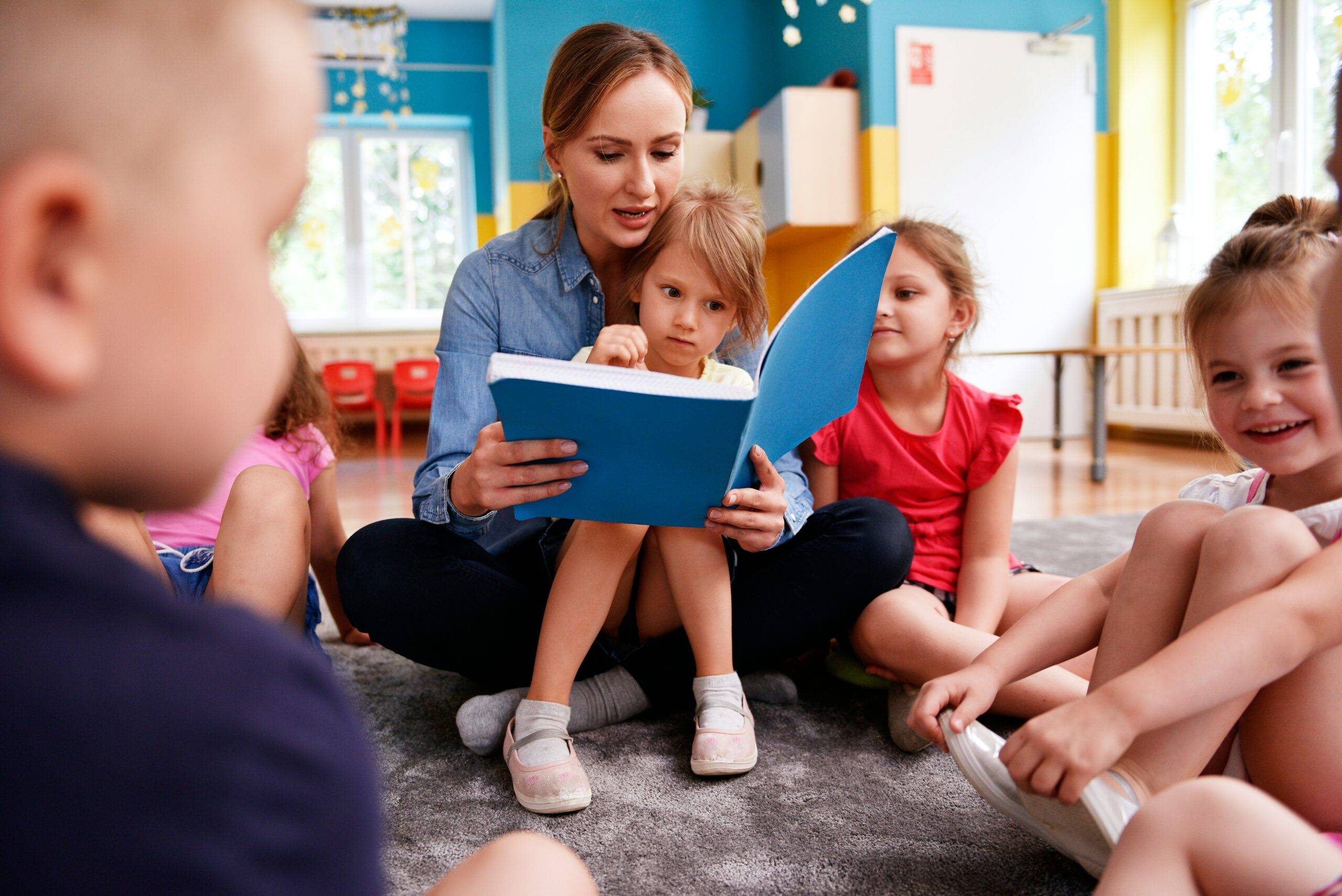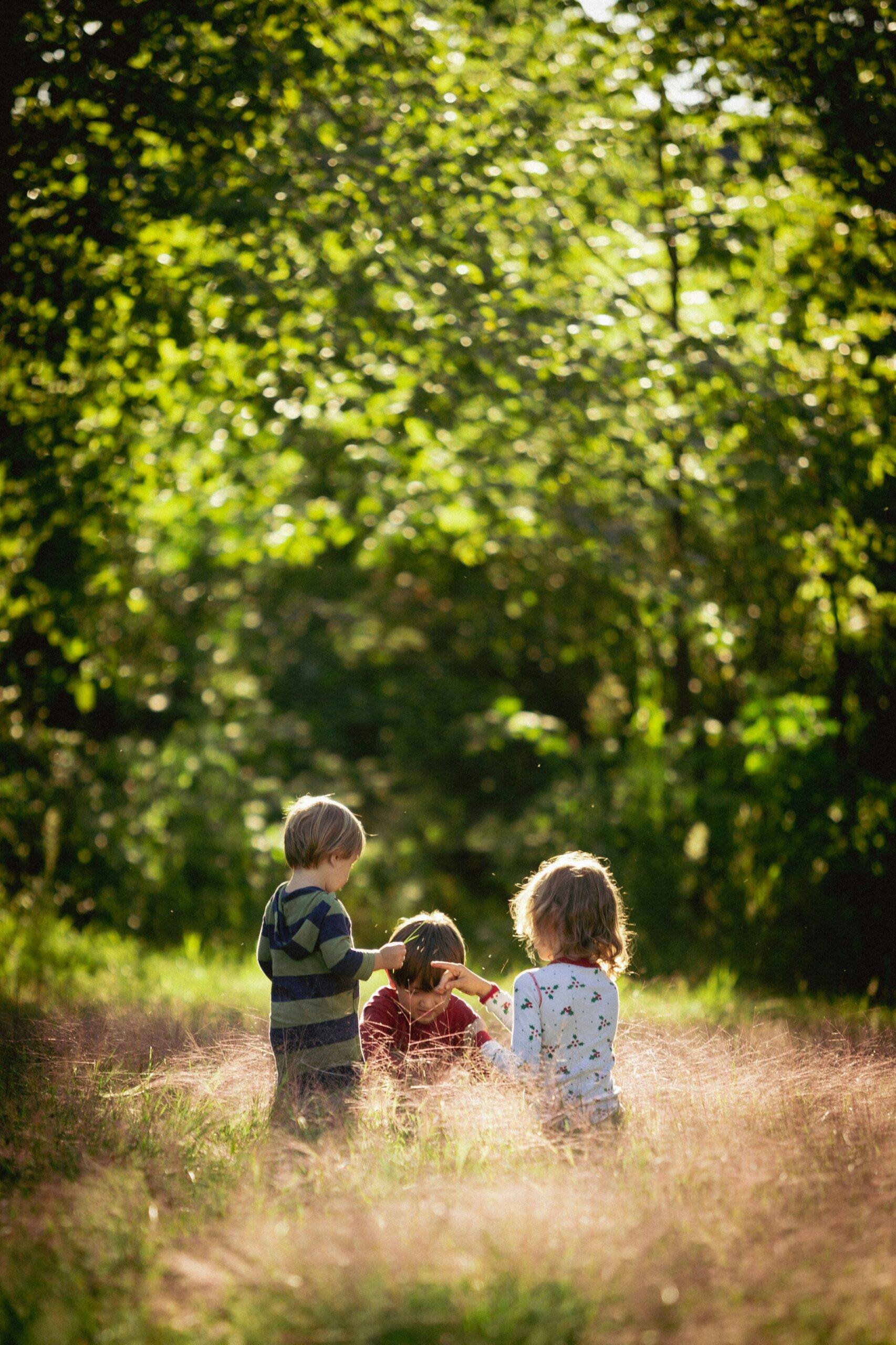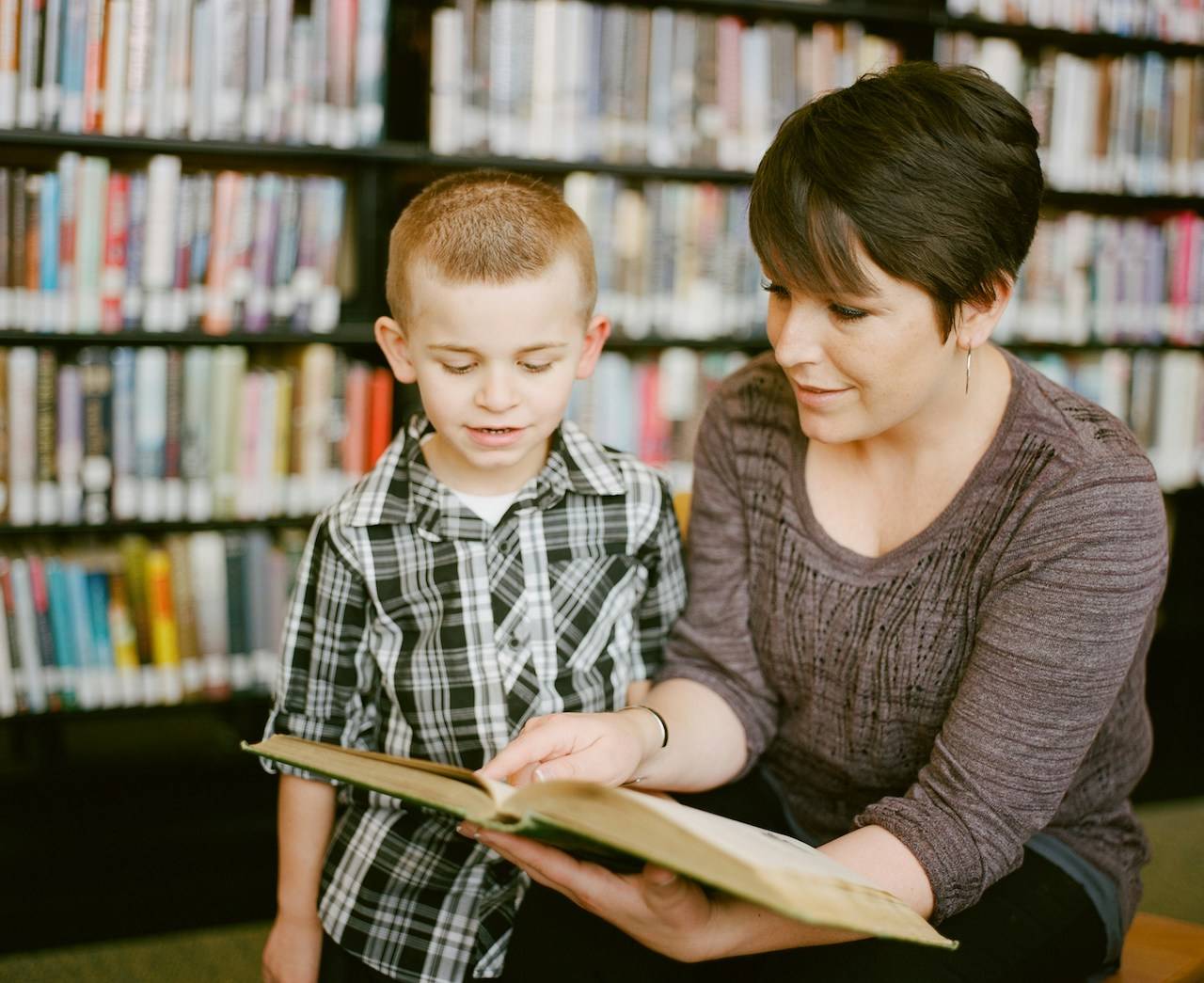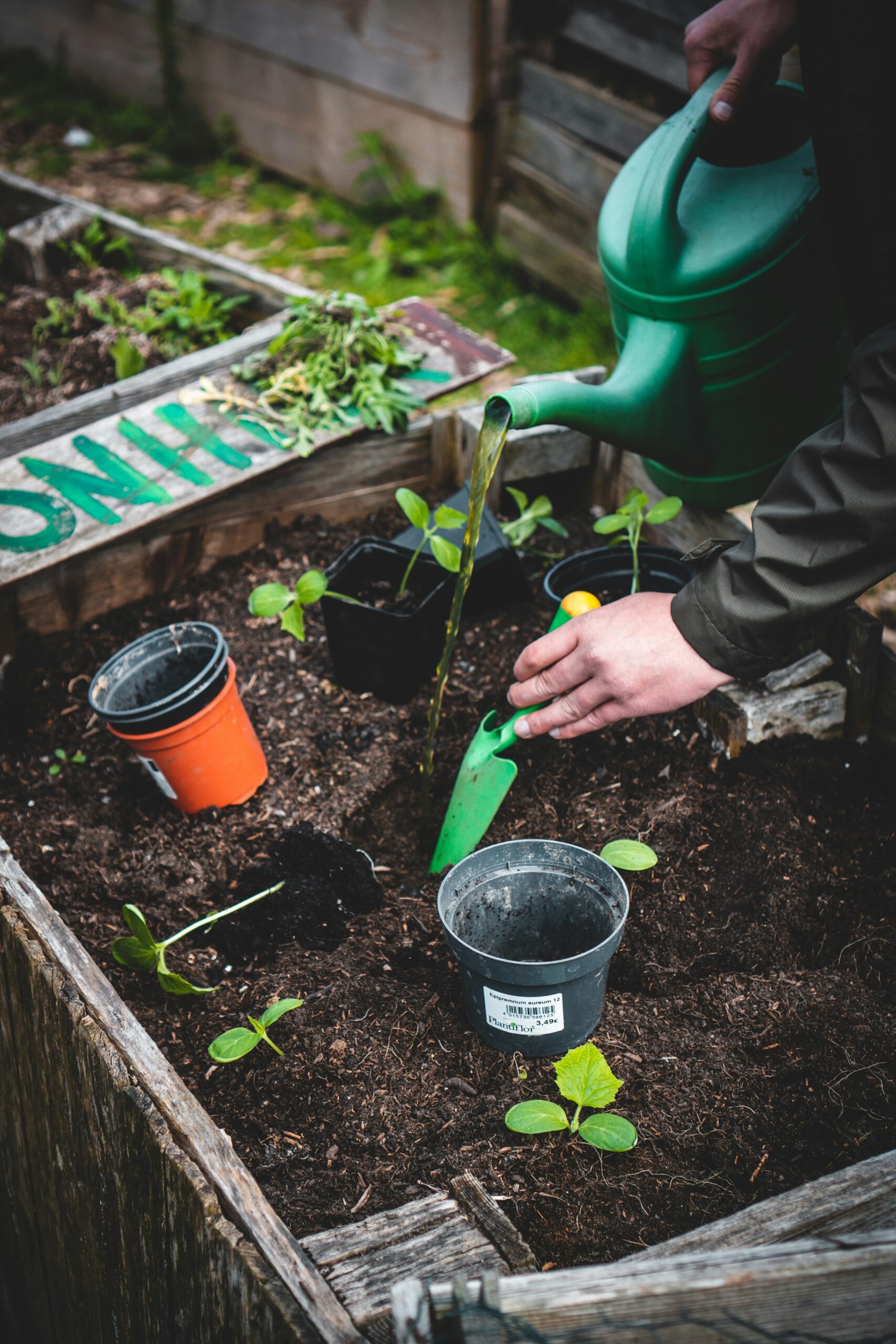Some of the links below may be affiliate links. This means that, at zero cost to you, I will earn an affiliate commission if you click through the link and finalise a purchase. All product recommendations are products that I have used and loved, or products that I would recommend based on experience.
An environment that provides children with opportunities for inquiry
An inquiry based learning environment triggers children’s curiosity and keeps them engaged. It is one where children can explore on their own, browsing through books, playing with blocks, meandering through a garden looking under rocks, playing with water, tinkering with a range of objects or mixing batter, dough or mud.
Children love to touch, browse, explore and yes, even mess, so it makes sense that environments that children would find stimulating would give them plenty of opportunity to do just that.
How to set up an environment that promotes inquiry
Our playrooms and classrooms don’t need plastic toys and a rainbow of colours to be stimulating. On the contrary, a calm uncluttered space with objects that encourage inquiry, curiosity and thinking is what we should strive for.
Children do not need lots of toys, they would do better with objects that lend themselves to lots of different opportunities for play and exploration.
Having beautiful, tactile objects that lend themselves to open ended play and exploration will be the first step in creating a space where children have an opportunity to play and explore, and as an added bonus, feel connected to nature. Objects from nature are multi-facetted and versatile. They have different smells and textures, and their use is only limited by the child’s imagination.
Best toys and objects to encourage curiosity and inquiry
1. Natural materials: bark, seed pods, leaves, pinecones, small rocks and pebbles, flowers, sticks, shells and bits from the beach, the list is endless. Displaying the objects on a lovely wooden shelf or table in a natural woven basket or wooden bowl makes for a very inviting tactile experience for children. These objects can be used in a multitude of different ways from creating a transient piece of art, to storytelling, imaginative play, sorting and classifying, building, counting…you get the idea.
2. Magnifying glasses to explore all those natural items and the great outdoors.
3. Wooden blocks and shapes.
5. Containers that can be used for scooping sand and water are great for exploring volume (who would have guessed?). Using some old Tupperware, muffin pans, colanders, wooden bowls, or plastic measuring jugs from your kitchen are all fun to use for kids.
6. Paper, watercolour paints and brushes, crayons, coloured pencils, chalk, and age-appropriate scissors are all fabulous for those first creative projects or practicing pre-writing skills.
7. Some beautifully made toys. I have always favoured wooden toys for their warm tactile nature, as well as beautifully crafted fabric or felt toys. My own boys were crazy about plastic animals when they were little as well as knights and castles. We invested in beautiful Schleich brand toys which have stood the test of time and are now in storage waiting to be played with again someday.
8. Objects for imaginative dramatic play. Kids love dressing up and playing pretend so make sure you have materials that allow them to do that. Instead of having ready made outfits, provide old clothes from an adult wardrobe that can easily be adjusted. Go to thrift shops and stock up on vintage hats. Provide children with authentic materials too. A ceramic tea set, wooden bowls so that they can learn how to handle objects with care. A plastic cup falls to the ground and nothing happens, but a ceramic cup will break. This is an important lesson to learn. Children will handle ceramic objects with far more care, attention and respect than plastic.
9. Books! Lots of non-fiction age-appropriate texts, magazines, and picture books all beautifully displayed and within easy reach.
10. A collection of interesting artefacts, maps and pictures.
This is by no means an exhaustive list, but would be a great place to start. Have a look at my Pinterest board for more ideas for creating spaces that promote inquiry and curiosity.
How to support inquiry learning
Of course, it doesn’t end here. You need to give consideration to how you are going to set up and display your objects within your space. Stay away from clutter. It’s overwhelming for children. Make sure there is enough room for children to move and explore freely. Display objects in natural baskets or bowls on shelves or table tops where they are within easy reach.
Once you have the natural resources and objects that encourage open-ended play and inquiry, then you need to provide children with the tools and skills for inquiry learning. This sounds complicated, but it’s really not. I bet you are already providing your children with rich inquiry experiences without even realising it!
Although you are providing a space where children can explore freely, you also need to be mindful that not all children may know HOW to explore. When you are outside you might need to lift up a rock or scoop some sand to fill a bucket. Think back to building sandcastles on a beach. Your parents showed you how to pack the sand into the bucket and then tip it over. You will need to show them how to carefully use and pour with a ceramic tea set. Modelling also provides a perfect opportunity for inquiry questions. You could ask, what they think might happen if you dropped the cup?
Otherwise, you allow children the freedom to explore while you quietly observe and look for opportunities to ask questions that will spark their curiosity and desire to learn more.
One of the best ways to encourage children to think and explore is to ask questions. Download (click on the image above)my free e-guide that includes questions you can ask to provoke curiosity, no matter how old the child is – obviously for very young toddlers you may need to simplify your questioning to suit the child’s developmental age. More information on what is included in the e-guide can be found in this post https://bloomingcurious.com/how-to-develop-childrens-curiosity/
Check out my post on 4 Simple Ways to Integrate inquiry into your kids daily lives as the next step to grow curious inquisitive children that love learning.
Conclusion
Setting up an environment for inquiry does not have to be an expensive undertaking, but it does require objects and toys that allow children to think and explore in new and creative ways.
If you have found this post informative or interesting, please share it and subscribe below to my newsletter, Get Curious, for weekly inspiration for curious educators.
Listen🎧 to the accompanying podcast episode athttps://bloomingcurious.com/podcast-episode/ep-3-how-to-help…uriosity-at-home/









